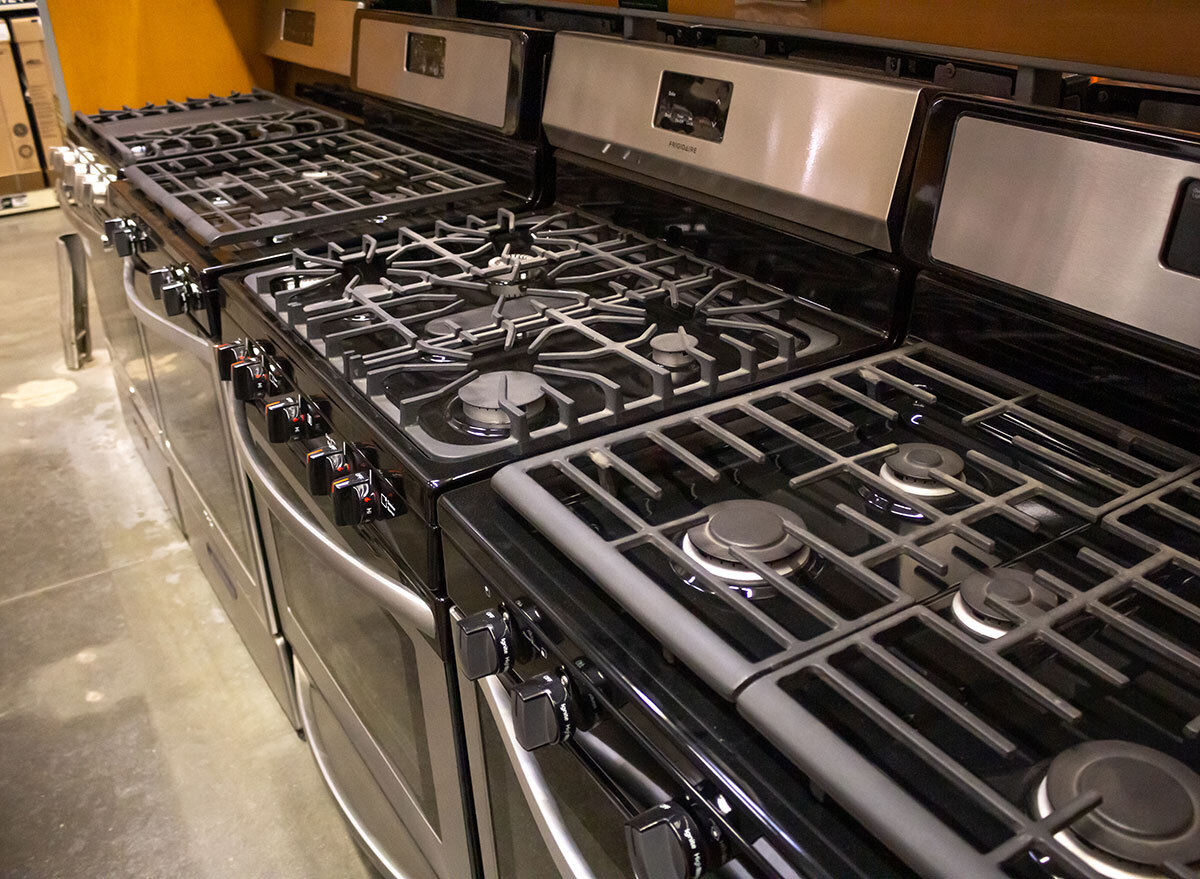Did you know that the mask does not protect you at all?
You should know this information before putting your skin in danger

Spring has come, and this is the time of lightness and freedom. That means that it is time to take off the layers of clothes and enjoy the heat of the sun. The desire to take off the mask and breathe the spring air is especially aggravated, but as is the main means of current protection, it is still dangerous to ignore it. And we also do not forget that it is dangerous to enjoy the sun without protection.
This connection between the mask and the sun seems strange, but the story is that many of us think that the mask covering the area of the mouth protects from UV rays. It's a misunderstanding! Surely you clearly know the hazards of ultraviolet rays, especially during the heat season, it is when we realize the importance of applying sunscreen. Therefore, it is equally important to protect the area under the mask at all times, not just sunbathing.
Maximum protection SPF 7
A typical facial fabric mask gives you solar protection equivalent to SPF 7 or so. That means that to keep your skin safe from the harmful effects of UV rays and to avoid acne, stains and hyperpigmentation, it is important to use sunscreen under the mask, at least 30 SPF.
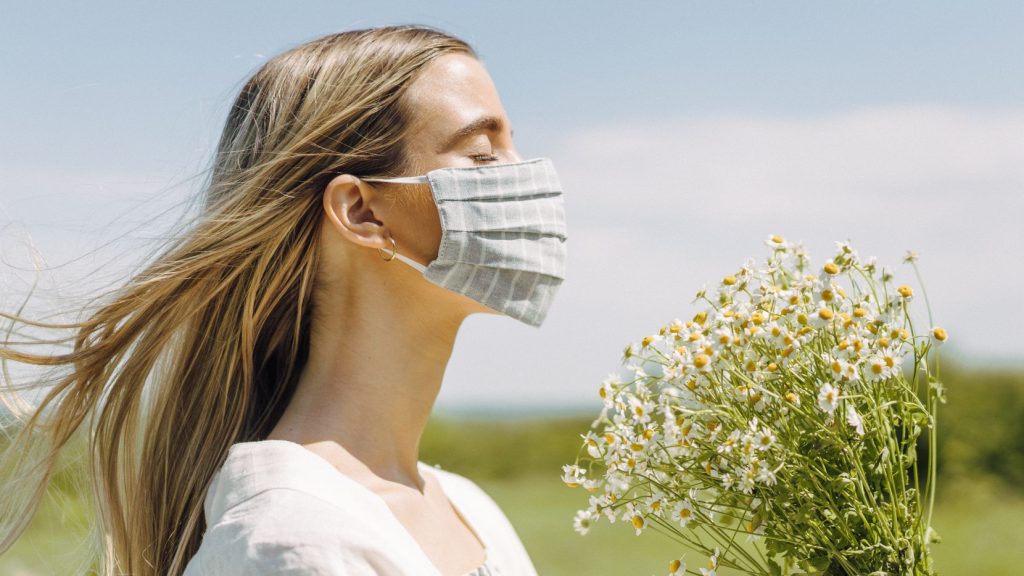
Why do not they protect
In a heat season and simply for comfort we use lightweight and breathable masks. It is good for breathing and to avoid sweat that infects the skin, but being so fine lets the UV rays pass at your feet more easily.
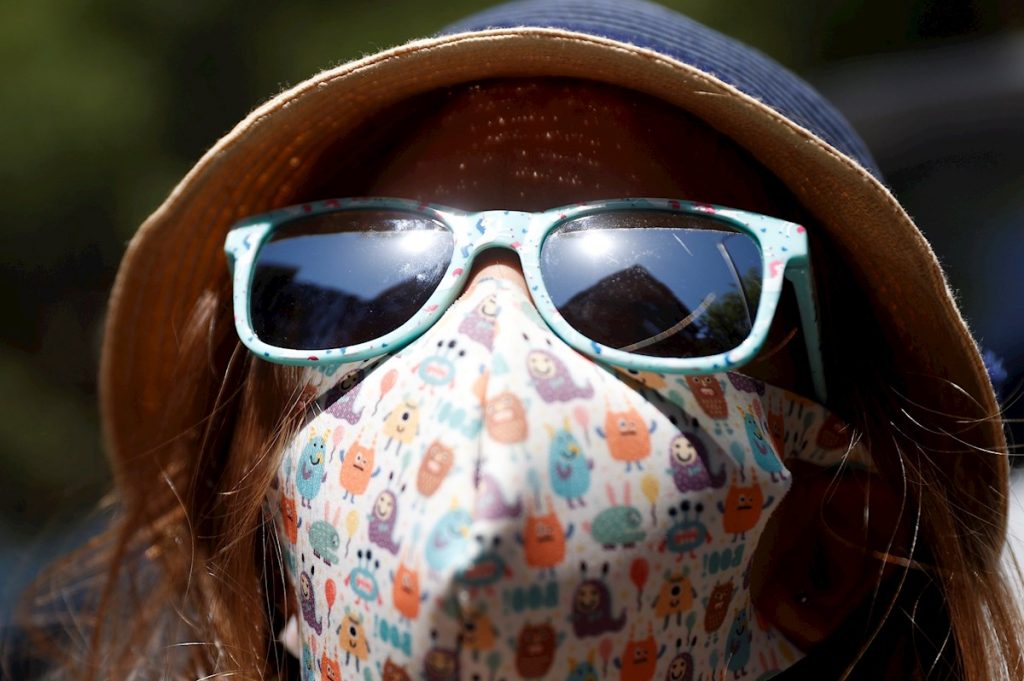
Dermatologists recommend
A mask made of linen or cotton is approximately the same as using SPF 7, being natural and not affecting the skin or lung, it is still not the safest thing. The American Academy of Dermatology conducted studies on this subject and they recommend that everyone, regardless of the skin tone, should apply a minimum of SPF 30 every day.
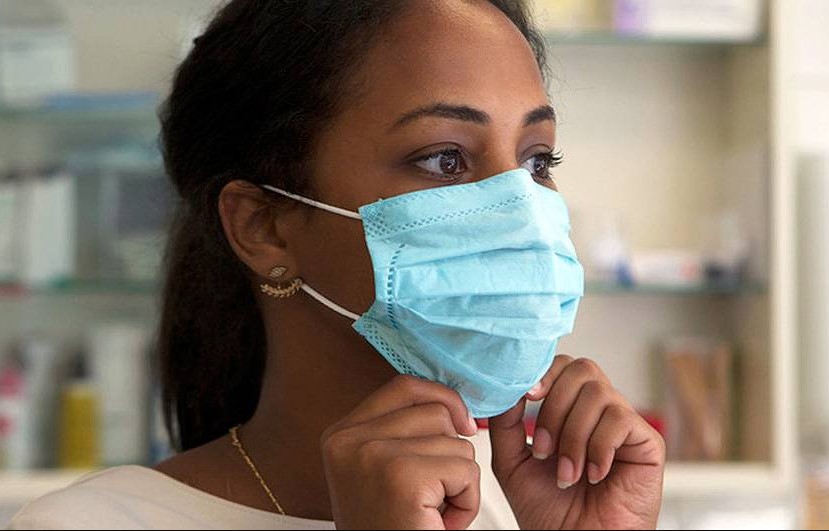
Question of layers
It is worth noting that if your mask is a three-layer mask or is made with a tight tissue fabric as polyester, you can probably offer a little more protection than SPF 7, but if the fabric stretches or gets wet with the Sweat, for example, decreases its protection capacity.
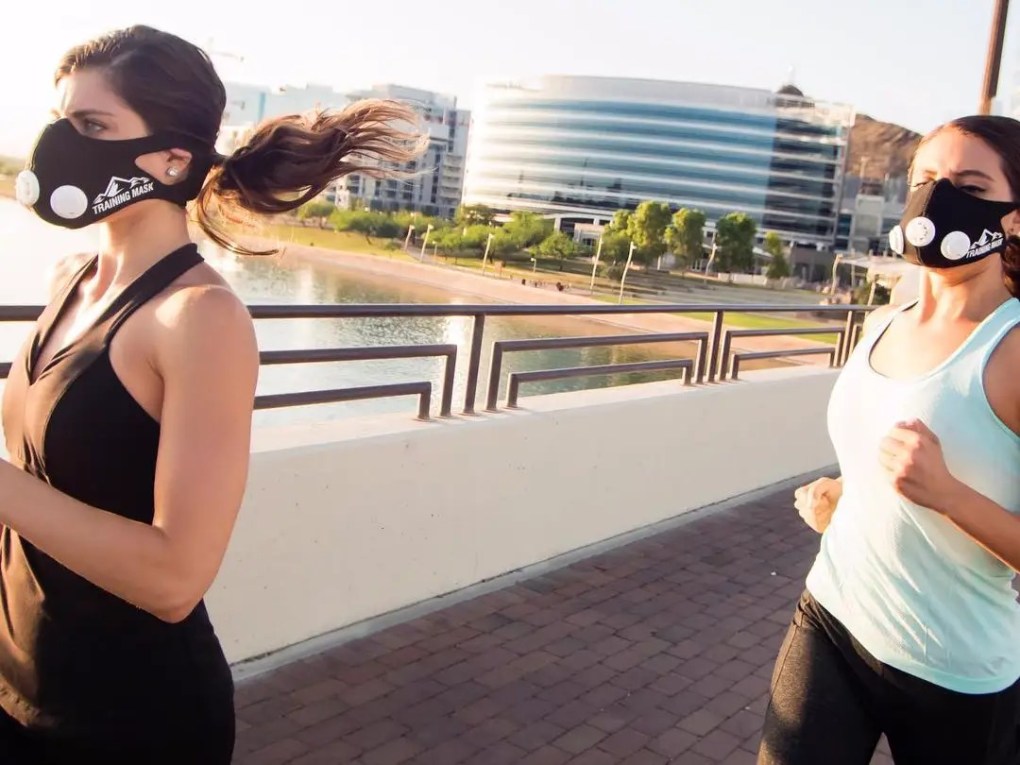
The color count.
We all know that the black color is the one that most attracts the heat, then logically it is better to use the clearer masks. But science breaks the logic and says that clear colors protect less from the skin. Here you have to choose between suffering a temperature rush on your face or burning the skin.
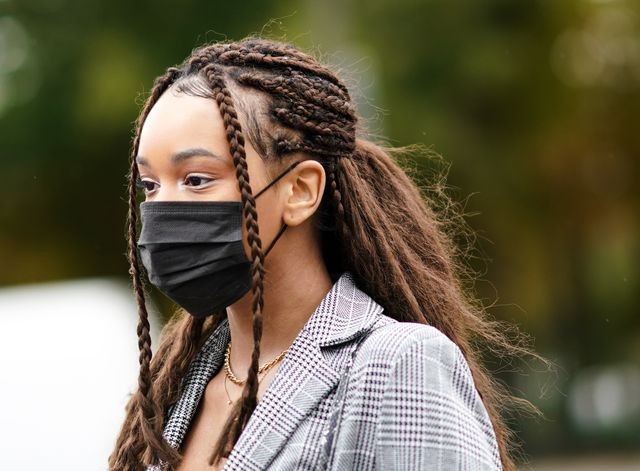
The safe solution
Surely new solutions about this topic and will continue to be studied, but at this moment the key is to use an SPF 30 or more under your mask, even the cloudy days.

